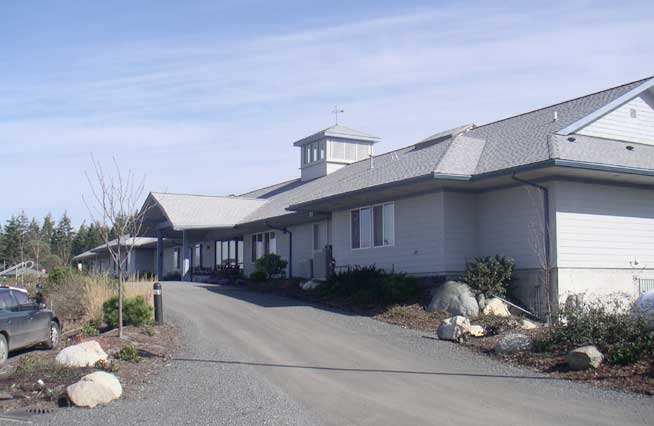— from Mike Welding for NAS Whidbey —
A Search and Rescue (SAR) team from Naval Air Station (NAS) Whidbey Island conducted two rescues on Saturday, August 19, 2017. The first rescue was on Mt. Baker in the Cascades, the second in the Olympic National Forest.
Saturday afternoon, NAS Whidbey Island received a report through the Air Force Rescue Coordination Center (AFRCC) of two injured climbers on Mt. Baker. The crew of five departed at approximately 2:20 p.m. and located one of the climbers following a pass of the reported area at an elevation of about 6,000 ft. After hoisting one of the SAR crewmembers to the injured but ambulatory climber’s location, the crew determined that the other climber was stuck in a crevasse approximately 300 yards away. The crew recovered the first climber and then moved into position over the crevasse. Upon reaching the second climber, the crew determined he was deceased. The crew then departed to transfer the survivor to PeaceHealth St. Joseph Medical Center in Bellingham.
While they were transferring the survivor, the SAR crew received another request for assistance, this time in the Olympic Mountain Range, approximately 8 miles southwest of Elwha. After refueling, the crew transited to the given location where Forest Service Members were assisting two injured, 64-year-old hikers. The setting sun made visibility difficult, but the crew was able to hover in a safe location and rappel two crewmembers 150 ft. down. After conducting assessments, the two survivors and two crewmen were hoisted into the helicopter for the transit north. The crew landed at the helipad at Olympic Medical Center in Port Angeles at approximately 7 p.m. and transferred the hikers to higher care.
These were the 30th and 31st rescues of 2017 for NAS Whidbey Island SAR, which has also conducted five searches and 14 Medical Evacuation (MEDEVAC) missions this year, totaling 58 lives delivered to a higher level of care.
The Navy SAR unit operates three MH-60S helicopters from NAS Whidbey Island as search and rescue/medical evacuation (SAR/MEDEVAC) platforms for the EA-18G aircraft as well as other squadrons and personnel assigned to the installation. Pursuant to the National SAR Plan of the United States, the unit may also be used for civil SAR/MEDEVAC needs to the fullest extent practicable on a non-interference basis with primary military duties according to applicable national directives, plans, guidelines and agreements; specifically, the unit may launch in response to a tasking by the AFRCC for inland missions, and/or tasking by the United States Coast Guard for all other aeronautical and maritime regions, when other assets are unavailable.
**If you are reading theOrcasonian for free, thank your fellow islanders. If you would like to support theOrcasonian CLICK HERE to set your modestly-priced, voluntary subscription. Otherwise, no worries; we’re happy to share with you.**







